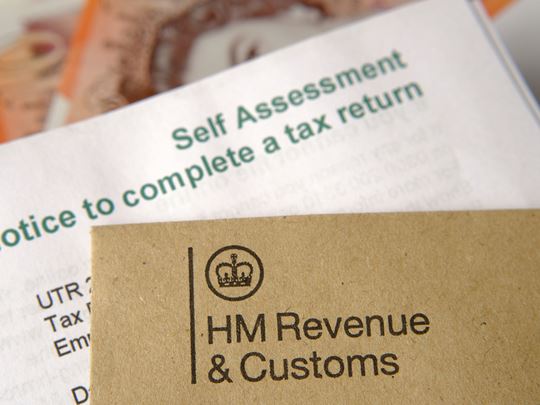Spring Budget 2023 Foster Parent Tax Relief
The government recently announced changes to the foster parent tax relief starting from the 2023/24 tax year. Here's everything you need to know.

In yesterday’s Spring Budget 2023 announcement, the Chancellor, Jeremy Hunt, shared some big changes to the foster parent tax relief system. Here’s how those changes could affect you.
Starting from the 2023 to 2024 tax year, foster parents will receive a significant tax relief increase on their fostering allowance. This will positively impact both the fixed annual total of Qualifying Care Relief (QCR), as well as the weekly amounts too.
What’s more, the government also announced that the rates of QCR will automatically increase each tax year in line with inflation. This is great news for foster parents who haven’t had their rates of tax relief increase since it was first introduced back in 2003.
So what exactly are the changes and what do you need to do as a foster parent to receive them?
What is Qualifying Care Relief?
Foster parents receive a specialist tax relief called Qualifying Care Relief. This is split into the following two parts:
1. Annual amount
A tax allowance that's deducted from the annual income from fostering. This is a fixed amount that every foster parent receives as tax relief.
2. Additional weekly amount
A weekly component that provides an additional amount of tax relief for every week a child is in a foster parent’s care. This is available for each child and the amount received will depend on whether the child is under or over 11 years old.
The QCR replaced the old system where foster parents would have to keep track of all expenses and receipts relating to the care of their child, and submit them as part of their annual tax return.
What are the new rates of tax relief for foster parents?
The increased Qualifying Care Relief provides the following tax relief for foster parents:
- A fixed amount of £18,140 for the tax year, plus
- Weekly amounts for each child in your care:
- £375 for each child under 11 years of age
- £450 for each child 11 years of age or older
This will massively benefit foster parents as they will soon be able to keep the majority – if not all – of the money they receive from doing this incredibly specialist and life-changing work with some of our country’s most vulnerable children and young people.
Foster parents who care for more than one child are set to benefit the most from these changes, which is fantastic news as we continue to face a national shortage of foster parents available to care for siblings.

How will the new rates of Qualifying Care Relief affect me?
As fostering allowances have risen over the years, the QCR remained static meaning that many foster parents were pushed into their allowance being eligible for tax.
The new rates mean that most foster parents will not pay any tax when caring for 1 child, and will have much lower rates of tax for siblings.
Scroll through some of the following examples with the new tax relief rates.
Frequently asked questions
What do I need to do to receive the new rates of tax relief?
As long as you’re registered as self-employed – which all foster parents should be – you will automatically receive the new rates of QCR.
Who will benefit from these increases to Qualifying Care Relief?
As well as foster parents, these changes will positively benefit ‘shared lives carers’, which includes adult placement care, kinship care, staying put care, and parent and child fostering arrangements.
Do foster parents also receive a personal tax allowance?
Yes, foster parents also receive a personal tax allowance, which means that you only pay income tax on any earnings over the threshold. This threshold can change year-on-year.
So if you are fostering full-time and have absolutely no other income, you will have your personal tax allowance in addition to the specialist tax relief given to foster parents.